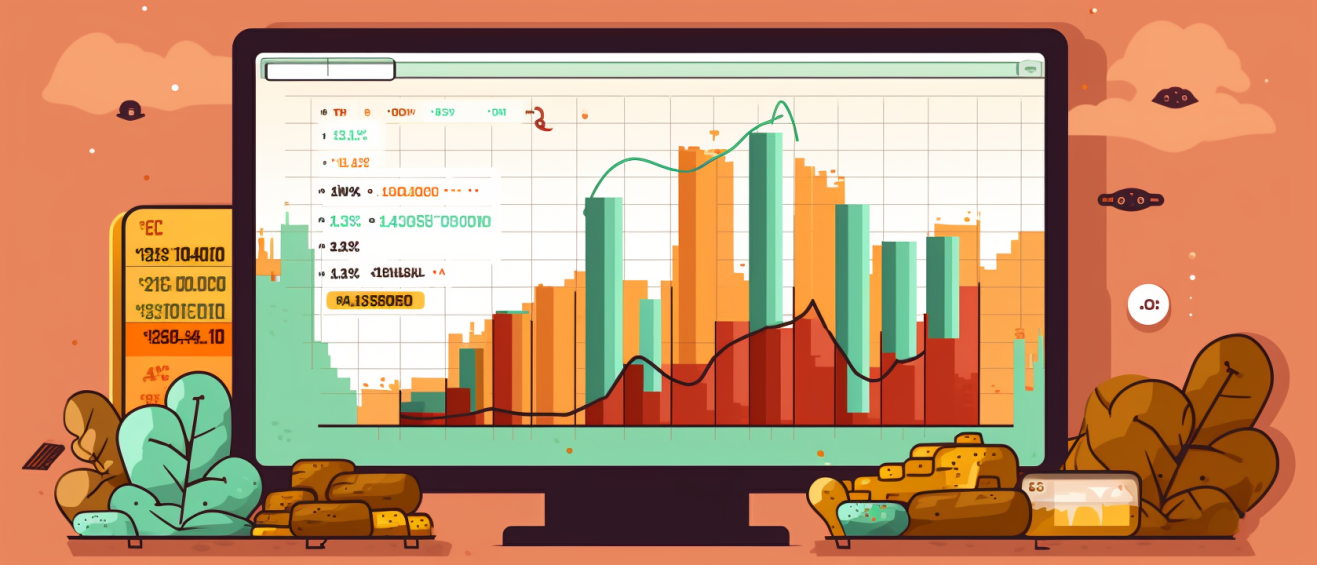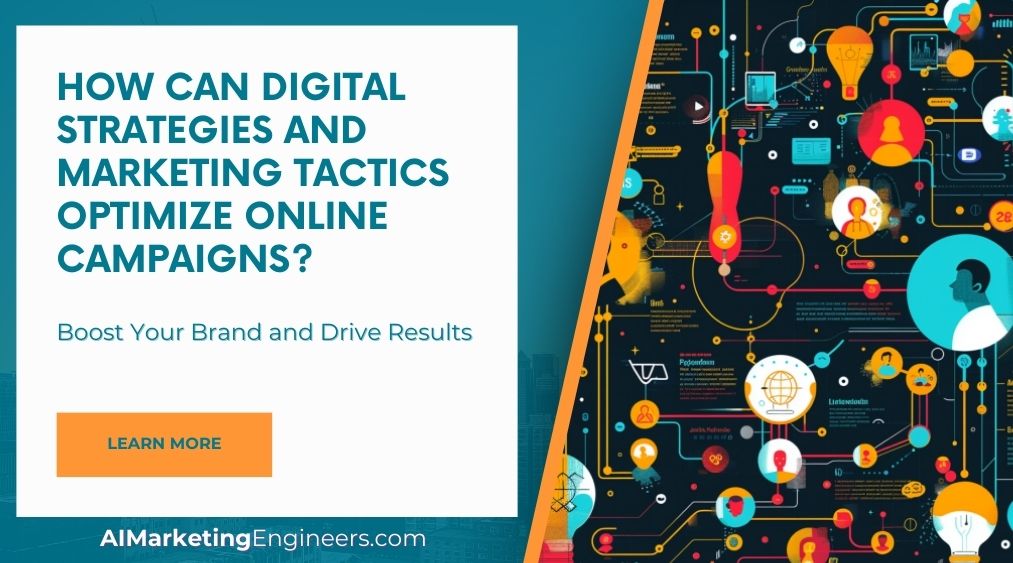Key Takeaways
✅ Understanding the Concept: Knowing your conversion rate is like owning a compass in the wilderness of digital marketing. It points you toward success by revealing how well your online space invites action. Stick around to learn how this simple yet profound percentage can become the heartbeat of your strategy.
✅ Calculating Conversion Rate: Fear not the math! We're going to walk through it together, step-by-pretty-simple-step. By the time you're done, you'll not only have your conversion rate figured out, but you'll also be armed with insights to turn those casual browsers into committed customers.
✅ Improving Conversion Rate: Once you've got your number, it's game time. This guide's brimming with tried-and-true tactics to help you lift those numbers, charm your visitors, and make sure every click has the potential to become a ka-ching!
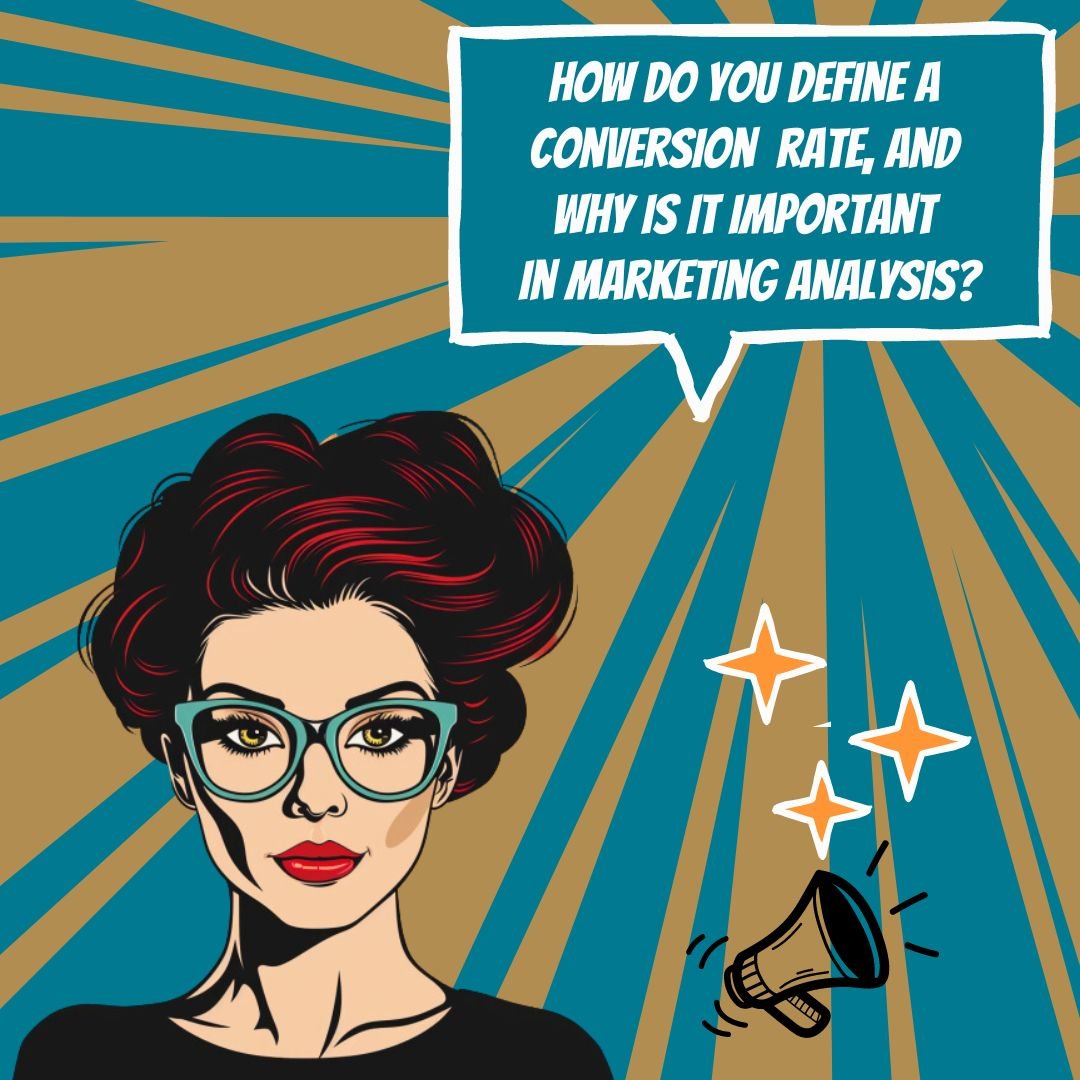
Introduction
Ever wondered how your online efforts are really paying off? Or why some websites seem to have the magic touch when it comes to getting visitors to take action, while others fall flat? How do you calculate a conversion rate, and why is it such a game-changer for your business? That's what we're diving into today.
This isn't just another run-of-the-mill guide. We're about to explore the ins, the outs, and the in-betweens of conversion rates. How to Calculate Conversion Rate: A Step-by-Step Guide promises to deliver innovative strategies and real solutions that will not just inflate your statistics but actually maximize your revenue, ROAS, and ROI. From engaging with modern trends to understanding how to tweak your approach for optimal results, we've got golden nuggets of knowledge waiting for you.
And trust me, we're not stopping at just handing you information. By the end of this article, you're going to have actionable insights and groundbreaking methods at your fingertips – secrets that can transform those numbers into narratives of success. So, let's get started and unlock the potential of every click, shall we?
Top Statistics
| Statistic | Insight |
|---|---|
| Average E-commerce Conversion Rate: 2.55%, top 25% converting at 5.31% or higher. (Source: Shopify) | It's clear that there's room for growth, even if your numbers are hovering around the average. Imagine doubling your sales just by being in the top 25%! |
| Landing Page Conversion Rate: Average is 2.35%, top 25% at 5.31% or higher. (Source: WordStream) | Whether it's your homepage or a standalone campaign page, those numbers suggest a significant impact on your bottom line with just a small increase in conversion. |
| Mobile vs. Desktop Conversion Rates: Mobile at 0.72%, Desktop at 2.43%. (Source: Statista) | This could be a wake-up call if you're not optimizing for mobile! Your customers are on their phones, so your business better be there too. |
| B2B vs. B2C Website Conversion Rates: B2B at 2.42%, B2C at 1.78%. (Source: WordStream) | Knowing your audience makes all the difference. Are you targeting businesses or the end consumer? Tailor your strategy accordingly. |
| Global CRO Market Growth: Expected to reach $4.9 billion by 2025. (Source: MarketsandMarkets) | In the face of such growth, there's never been a better time to invest in CRO. Stay ahead of the game by adapting early. |
Understanding the Conversion Rate Formula
Let's get right into it: have you heard about conversion rates? It's a pretty simple but super crucial concept in the world of marketing. Picture this; you're throwing a party and you send out invites. If you want to figure out how successful your invites were, you'd count how many folks showed up versus how many got that invite. That's basically your conversion rate: (Number of Conversions / Total Number of Interactions) x 100. Every invite is an interaction, and each guest who arrives is a conversion. You need to track these numbers closely, like a detective with a magnifying glass, because they tell you if what you're doing is working or if it's as popular as a soggy sandwich at a picnic.
Identifying Conversions
Now let's chat about conversions. What counts as a win for you? A new purchase, someone signing up for your newsletter, or a customer downloading your ebook? Each business has its own touchdown dance. It's vital to pin down exactly what a conversion looks like for you. Imagine tossing a basketball without a hoop – doesn't make much sense, right? You need to know where you're aiming. Align these actions with your business goals; it's all about making sure your efforts lead the customer down the field to score that goal.

Tracking Interactions
Think of interactions like footprints in the sand. They're every step someone takes towards your treasure chest hiding under the "X" – whether that's a visit to your website, a click on your ad, or even opening an email. You want to track all these steps carefully using tools like Google Analytics, CRM software, or ad platforms. Imagine trying to find a path in the forest without any markers; you're going to get lost, right? Same with tracking – you gotta know the routes your customers are taking to avoid getting lost in the woods of data.
Calculating Conversion Rate
Time to put on your math hat – let’s calculate that conversion rate. Using the formula sounds complex, but it's easier than baking a pie. Say you're running an online store. You've had 1000 visits last week and 50 sales. Crunch those numbers through our formula and voilà – you've got a 5% conversion rate. Consistency is your best friend here; always measure your conversions the same way, so you know if that new recipe is bringing more people to your bake sale or not.
Improving Conversion Rate
And then there's the big question: how can we get better? Improving conversion rate is like tuning a guitar; you want that perfect pitch. You could change up your website design, try A/B testing, or get to know your audience better than your best friend. This isn't just about nudging those numbers up; it's about making your whole business sing in harmony. Remember, conversion rate plays nice with other metrics too, like cost per acquisition (CPA) and return on investment (ROI), so keep an eye on the whole band, okay?
By keeping a close watch on conversions, interactions, and using the right formula, anyone can master the art of conversion rate calculation. Roll up those sleeves and put this guide to work. Who knows, you might just become the maestro of marketing metrics!
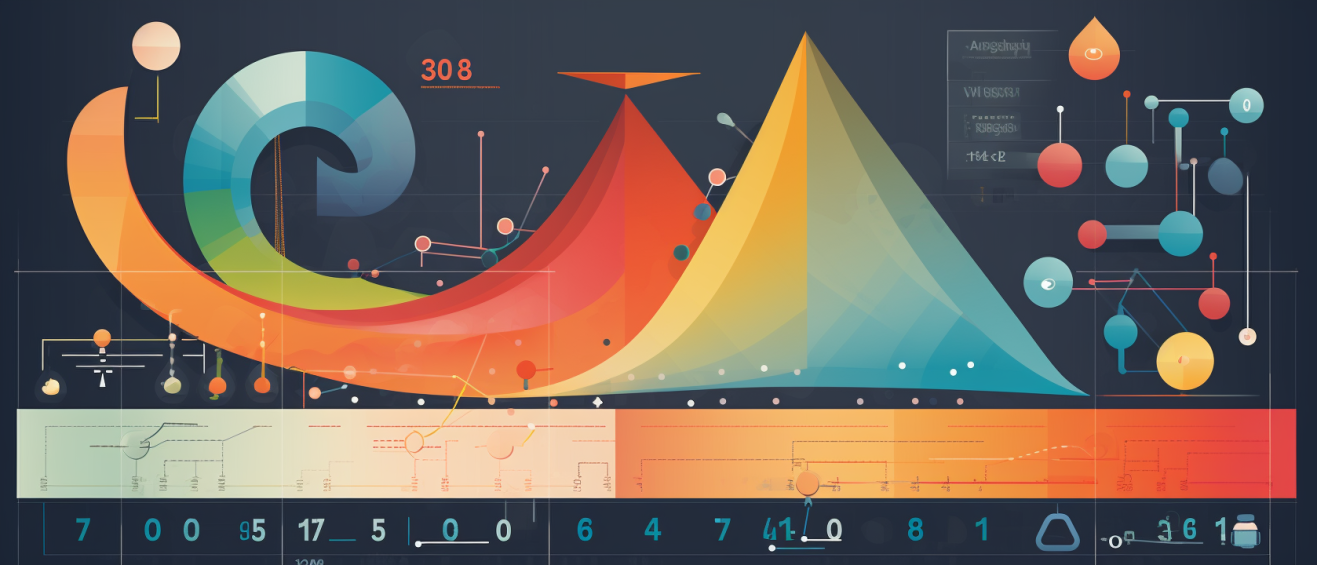
AI Marketing Engineers Recommendation
Recommendation 1: Understand Your Customer Journey End-to-End to Factor in Micro-Conversions: It's tempting to just look at the final sales numbers when you're calculating your conversion rate. But remember all those little steps customers take before they actually buy something? Subscribing to your newsletter, downloading a guide, staying on your site for more than a minute – those are micro-conversions, and they count, too! You want a full picture, so track these using a tool like Google Analytics. This way, you'll know which parts of your site are working like charm and where you're losing people. After all, if you don't know where you're going, any road will get you there, right?
Recommendation 2: Benchmark Your Conversion Rates Against Industry Standards: Ever wonder how you're really doing? Well, you're not alone. Conversion rates can be sneaky numbers. They tell you a story, but without context, it’s like picking up a book and starting in the middle. You need to know how your rate stacks up to others in your industry. Tools like the Conversion Benchmark Report from Unbounce show you how different industries perform on average. If your numbers are below your industry's benchmark, don't fret! This is a chance for some good old detective work to find out what you can tweak to boost that rate.
Recommendation 3: Employ A/B Testing Regularly to Fine-Tune Your Conversions: So you've got a decent conversion rate. Nice! But let's roll up our sleeves and get it even better. A/B testing is like asking your customers a straight-up question: what do you like more, this or that? Use tools like Optimizely or VWO to test out different versions of your web pages, emails, or ads. You’d be surprised how a different headline, button color, or image could do wonders. It’s all about making improvements based on what really resonates with your audience. Because sometimes, the little things make all the difference, don’t they?
Relevant Links
Maximize Your Marketing: The Ultimate Guide to AI-Driven Strategies
Unlock Your Brand's Potential with AI
Meet the Minds Behind AI Marketing Mastery
The People Engineering Your Digital Future
Unlocking the Power of AI for Your Business Growth
Tailored AI Marketing Services That Drive Success
Unleashing AI's Potential for Small Business Triumphs
Small Business Growth on Steroids with ChatGPT
Revolutionize Your Google Ads with ChatGPT Boost!
The Future of High-Converting Ad Texts
Conclusion
Let's take a moment to think about the journey we've walked through together, shall we? Calculating your conversion rate isn't just some number-crunching exercise; it's the heartbeat of your marketing strategy. Remember that simple but powerful formula we discussed? It’s the guiding star for understanding not just the "how" but also the "why" behind your customer's actions.
So, what are conversions for you? Sales, sign-ups, downloads—all of these are like checkpoints, telling you if you're on the right path. And interactions? They're the steps your customers take, each one an opportunity to connect and convert. Whether it's a click, a view, or an open, tracking these interactions accurately means you're listening closely to what your audience is telling you.
Now, think about it: when you calculated your conversion rate, what did you feel? A spark of excitement, maybe a hint of concern? That's the power of metrics—they give you an honest snapshot of where you stand. And when you improve your conversion rate, you're not just boosting numbers, you're building a stronger bridge to your customers.
I want you to leave here feeling empowered. Use the step-by-step guide, get friendly with tools like Google Analytics, and start seeing your marketing world with new clarity. Optimize, test, learn, and grow—it's a cycle that never ends but always rewards.
What move will you make today that can change your conversion rate game tomorrow? Ready to dive in and keep your business buzzing with improvement? Your marketing efforts and business goals are counting on it, and honestly, so are your customers. They might not say it out loud, but they're hoping for a better experience, one that you can provide by knowing your numbers inside out.
So, what’s your next step? Keep experimenting, keep learning, and never stop asking, "How can we do even better?"

FAQs
Question 1: What is a conversion rate, and why is it important?
Answer: A conversion rate is the percentage of visitors to a website or users of an app who take a desired action, such as making a purchase or filling out a form. It's crucial for understanding the effectiveness of marketing and sales efforts, identifying areas for improvement, and optimizing user experiences.
Question 2: How do you calculate a conversion rate?
Answer: To calculate a conversion rate, divide the number of conversions (e.g., purchases) by the total number of visitors or users, then multiply by 100 to get a percentage. For example, if you have 100 visitors and 10 purchases, your conversion rate is (10/100) * 100 = 10%.
Question 3: What are the foundational concepts for understanding conversion rates?
Answer: Key concepts include defining the desired action (conversion), understanding the difference between macro and micro conversions, and knowing how to segment data to analyze conversion rates for specific audiences, devices, or channels.
Question 4: How can I improve my conversion rate?
Answer: Improving conversion rates involves optimizing website design, content, and user experience, as well as testing different versions of pages (A/B testing) and analyzing user behavior to identify pain points.
Question 5: What are some advanced topics in conversion rate optimization (CRO)?
Answer: Advanced CRO topics include personalization, user psychology, and using tools like heatmaps, session recordings, and surveys to gain deeper insights into user behavior.
Question 6: How can I track and analyze conversion rates over time?
Answer: Use analytics tools like Google Analytics to track conversion rates and set up custom reports and dashboards to monitor performance. Regularly review and analyze data to identify trends and opportunities for improvement.
Question 7: What are some common mistakes to avoid when calculating conversion rates?
Answer: Common mistakes include not defining a clear conversion goal, not segmenting data properly, and not accounting for factors like seasonality or changes in traffic sources.
Question 8: How do I calculate conversion rates for different channels or devices?
Answer: To calculate conversion rates for specific channels or devices, segment your data based on the desired criteria (e.g., source/medium, device type) and apply the conversion rate formula to the segmented data.
Question 9: What are some best practices for setting up conversion tracking?
Answer: Best practices include clearly defining conversion goals, using unique tracking codes for each conversion type, and testing tracking setup to ensure accuracy.
Question 10: What resources can I use to learn more about conversion rate optimization?
Answer: Resources for learning more about CRO include online courses, blogs, and books by industry experts, as well as joining online communities and attending conferences to stay up-to-date on the latest strategies and techniques.
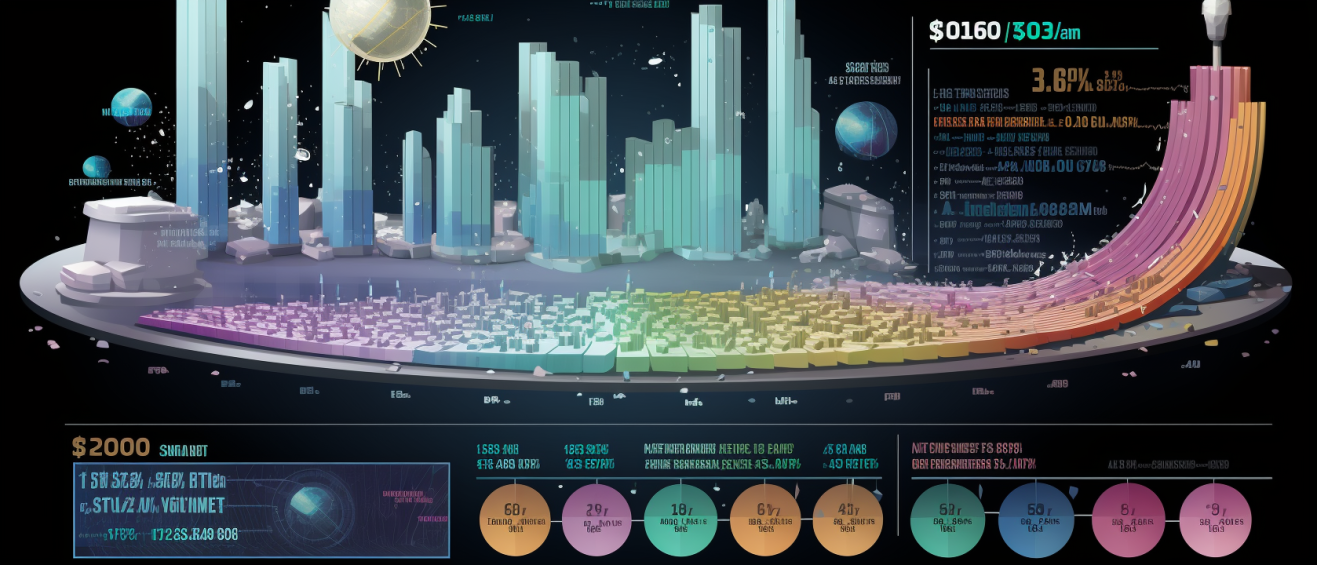
Academic References
- Nisbet, A., & Eagle, R. (2010). An Introduction to Web Analytics: A Measurement Framework and Its Application to Marketing. Journal of Marketing Analytics. This article offers a fundamental framework for web analytics, emphasizing the significance of calculating conversion rates and its role in gauging the efficacy of marketing endeavors.
- Saleh, K., & Shukairy, A. (2013). Conversion Rate Optimization: The Art and Science of Converting Visitors into Customers. John Wiley & Sons. In this book, the authors provide a thorough manual for optimizing conversion rates, including the process for calculating them and applying the information to enhance marketing strategies.
- Laja, P. (2013). Conversion Rate Optimization: The Definitive Guide. ConversionXL. Peep Laja's extensive guide furnishes an exhaustive look into conversion rate optimization. It includes not only the method of calculating conversion rates but also how to leverage them in bolstering website performance.
- Aziz, A. T. S. A., & Salleh, M. S. M. (2019). The Impact of Conversion Rate Optimization on E-Commerce Success. International Journal of Engineering & Technology. This study delves into the effect that conversion rate optimization has on the prosperity of e-commerce platforms, detailing the calculation of conversion rates and their use in amplifying online sales.

